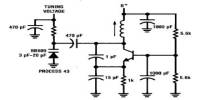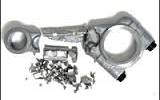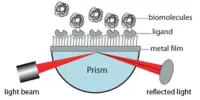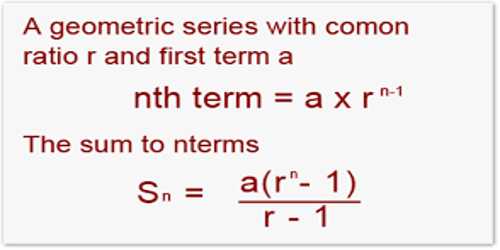A charge-transfer amplifier is an electronic circuit that amplifies an electrical charge signal. It works by transferring the charge from one capacitor to another capacitor, which effectively amplifies the signal. The charge is transferred between the two capacitors by switching a series of transistors on and off.
The CTA is based on the principle of charge transfer, which involves moving electrical charge from one location to another without changing its total amount. In a CTA, a voltage applied to the input terminal causes charge to flow from the input to the output terminal. The amplifier then measures the amount of charge transferred and converts it into an output voltage signal.
The charge-transfer amplifier (CTA) is a type of electronic amplifier. CTAs, also known as transconveyance amplifiers, amplify electronic signals by dynamically conveying charge between capacitive nodes in proportion to a differential input voltage’s size. Voltage amplification occurs due to the charge-voltage relationship of capacitors when the relative node capacitances are appropriately selected.
CTAs are sampling or clocked amplifiers. They use no static power and can be designed to use (theoretically) arbitrary low dynamic power proportional to the size of the input signals being sampled. For implementation, CMOS technology is most commonly used. CTAs first appeared in memory circuits in the 1970s and have since been used in multi-bit analog-to-digital converters (ADCs). In dynamic voltage comparator circuits, they are also used.
Charge-transfer amplifiers are commonly used in instrumentation and measurement applications, where a small electrical charge needs to be accurately measured or amplified. They are also used in analog-to-digital converters, where the input signal is converted into a digital value.
One of the advantages of charge-transfer amplifiers is their high linearity, which makes them well-suited for applications where accurate signal processing is required. They are also relatively simple to implement, and can be designed to have low noise and high gain.
Application
CTAs are commonly used in applications such as data acquisition systems, medical equipment, and industrial control systems. They are also used in scientific research applications where high sensitivity and low noise are important, such as in spectroscopy and other analytical techniques.
However, charge-transfer amplifiers can be sensitive to temperature and component tolerances, and can require careful design and calibration to achieve optimal performance.
















